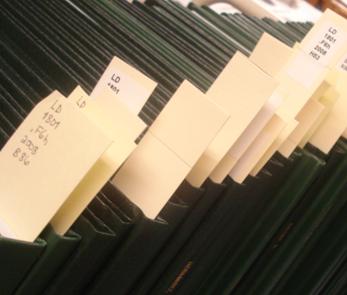
USF St. Petersburg campus Master's Theses (Graduate)
First Advisor
Joseph M. Smoak, Ph.D.
Second Advisor
Co-Major Professor: Thomas J. Smith, III, Ph.D.
Third Advisor
Kathleen Carvalho-Knighton, Ph.D.
Fourth Advisor
Armando Hoare, Ph.D.
Publisher
University of South Florida St. Petersburg
Document Type
Thesis
Date Available
2013-06-25
Publication Date
2012
Date Issued
2012-07-02 00:00
Abstract
The ecological and economic contributions made by mangroves have been well documented in recent decades, and these coastal forests have been the focus of increased attention in terms of conservation and restoration. One aspect that has recently drawn increased attention is the role of mangrove environments in the global carbon cycle, particularly for their high burial rates of organic carbon (OC), also known as “Blue Carbon”, that would otherwise contribute to increased atmospheric CO2 levels. Globally, the amount of available data has more than doubled since the last primary literature review of OC burial in mangrove sediments (2003). The objective of this research is to recalculate the centennial-scale burial rate of OC at both the local and global scales. Quantification of this rate enables better understanding of the current carbon sink capacity of mangroves, as well as helping to quantify and/or validate the other aspects of the mangrove carbon budget such as import, export, and remineralization. Our estimate is that mangrove systems bury 163 (+39.2; -32) g OC m-2 yr-1. Globally, the annual burial rate is 26.1 (+6.3; -5.1) Tg OC. This represents 10-15% of estimated annual mangrove production and supports previous conclusions that, on a centennial timescale, 8 to 15% of all OC burial in marine settings occurs in mangrove systems. The second objective of this research is to provide direct measurements of spatiotemporal differences in OC burial rates at a high-productivity mangrove forest near the mouth of the Shark River in Everglades National Park. The burial rate of OC was determined via radiometric dating (i.e. 210Pb) of six soil cores taken at distances ranging from 25 – 170 m from the Shark River. The resulting mean OC burial rate for the site is 124 g m-2 yr-1, considerably lower than the global estimate. When compared with the local production estimate, the OC burial fraction ranges from 8 to 12% over the course of a century. While the accumulation rate of inorganic matter generally decreases with distance from open water, the OC burial rates show much less predictability, indicating the influence of different controlling mechanisms. Additionally, each core demonstrates a signature of influence from hurricane Wilma (2005). The enhancement of both OC burial and soil surface accretion rates offer evidence of positive hurricane impacts that need to be balanced with assessment of the destructive contributions such as tree mortality and erosion.
Creative Commons License

This work is licensed under a Creative Commons Attribution-Noncommercial-No Derivative Works 4.0 License.
Recommended Citation
Breithaupt, Joshua L., "Organic Carbon Burial Rates in Mangrove Soils: Global Context and A preliminary Investigation of the Coastal Everglades" (2012). USF St. Petersburg campus Master's Theses (Graduate).
https://digitalcommons.usf.edu/masterstheses/40


Comments
A thesis submitted in partial fulfillment Of the requirements for the degree of Master of Science, Department of Environmental Science & Policy, College of Arts and Sciences, University of South Florida St. Petersburg.